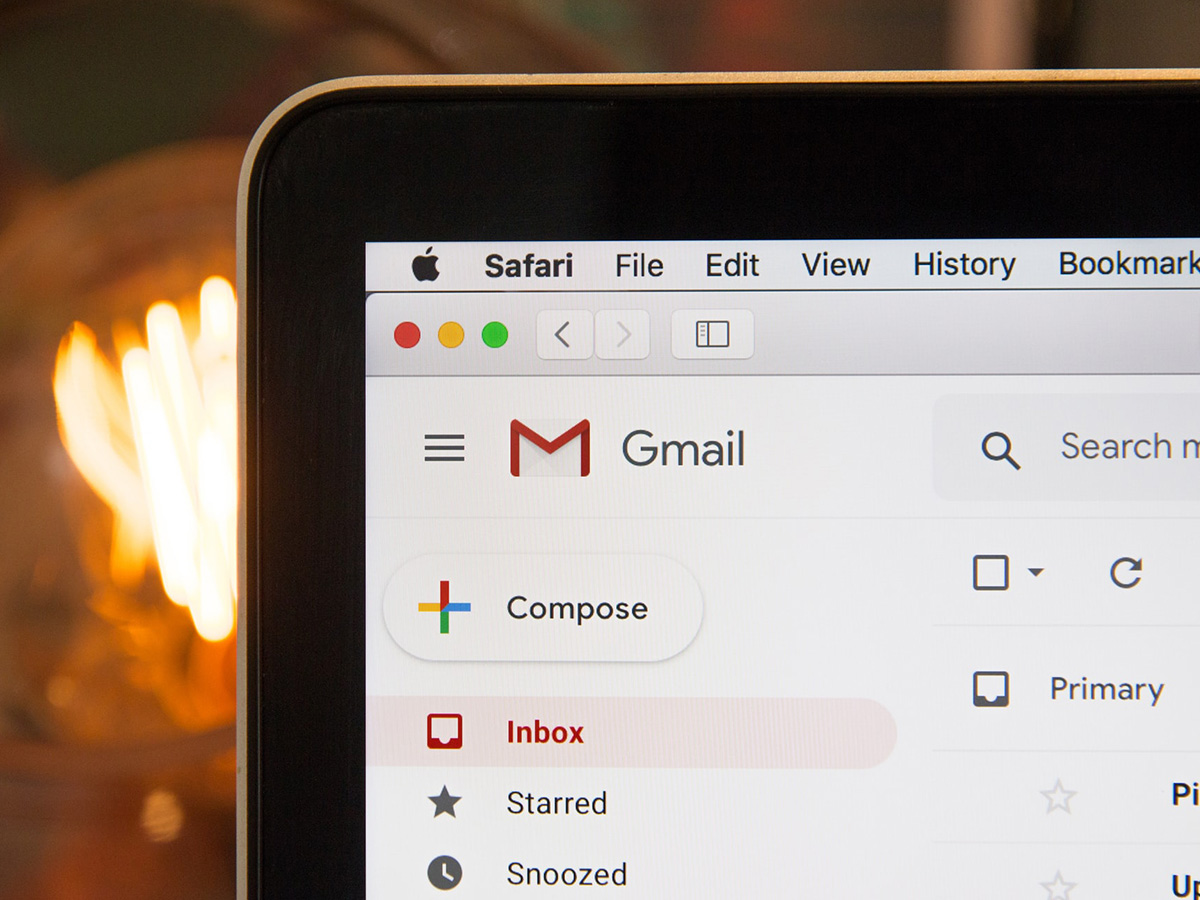Email marketing connects you with people who’ve shown interest in what you’re selling. Given the proper attention, it can inform other marketing efforts and drive your overall success.
 Before we continue, we assume you’re capturing email information whenever and wherever possible because you value cost-effective, near-instantaneous, trackable communication opportunities. Whether you collect emails in your brick and mortar store, on your website, or with smoke signals doesn’t matter. Collect them. Use them. Benefit from them.
Before we continue, we assume you’re capturing email information whenever and wherever possible because you value cost-effective, near-instantaneous, trackable communication opportunities. Whether you collect emails in your brick and mortar store, on your website, or with smoke signals doesn’t matter. Collect them. Use them. Benefit from them.
Relevant, quality emails keep you top of mind and engaged with customers. Let’s take a quick look at seven considerations for an effective email program.
- Email Software. Services like Mail Chimp and Constant Contact make getting your messages into inboxes easier and more efficient. They let you automate, segment, see reports, and ensure SPAM compliance. Sending marketing emails right from your regular mail inbox can cause your email address to be marked as SPAM and blacklisted. Consider shopping around for a proper service. Mail Chimp offers a solid no-cost option.
- Subscriber List. While it’s easy and quite gratifying to add users and hit send, a big list of people who don’t open, click, or share wastes time. To get the most out of your list, monitor it and clean it. Knowing what emails subscribers open – or don’t – and what links they click gives you an idea of who wants what type of content. For the inactive set, segment out folks who haven’t engaged with your emails in 6 months or a year. Send them a re-engagement message asking if they still want to hear from you. No response = removal. A freshly scrubbed list can improve engagement rates and set you up for more segmented and personalized messaging.
- Email Templates. This framework carries your brand to subscriber inboxes. The templates should be easily recognizable as your company. Create templates for your different content types, i.e., newsletters, announcements, and offers. Also, use mobile-friendly designs: mobile accounts for 46% of all opens.
- Email Content. Fill your well-designed template with relevant, clear content. Create a content calendar to map out messages and segments. This helps keep you consistent and on point with marketing goals and objectives. Start with a subject line that stands out. (Personalization and/or the strategically placed emoji can help.) Check every message for typos, readability, and dead or misplaced links. They’re all roadblocks to engagement.
- Automation. Good email software can raise your game by saving you time. Email automation creates easy, scalable personalization. Triggers (sign-ups, email opens, birthdays, items in a shopping cart) send pre-determined messages to your customers at the right time, without you having to do the work every time. Personalized customer experiences increase the relevance of your messages.

- Calls to Action. You’ve set up your mobile-friendly template, fine-tuned your customer list, crafted the most open-inducing subject line, and relevant content – but what do you want them to do? Make sure they know! Your call-to-action (CTA) should be easy to spot, above the fold where possible (don’t make them scroll for 6 miles to find it), and easy for mobile users to click. When you map out your content calendar, craft the CTA for each message.
- A/B Testing. Don’t be afraid to try something new. Used the right way A/B or split testing quickly teaches you how subscribers respond to option A or B. Set up variations in your email software to try out a subject line, design, image, or CTA. This testing shows which of the two options is more successful. Key points to remember: test only one thing at a time and make sure your test groups are large enough to be statistically significant.
Now’s the time to level-up your set-it-and-forget-it email “strategy.” As one of the oldest and most effective messaging channels, it deserves some focused efforts. As with all your marketing, remember there’s a person on the other side of that inbox. Be a useful resource for them, and they’ll look forward to hearing from you.
Not much of a DIY person? Reach out and let’s see how we can help.


